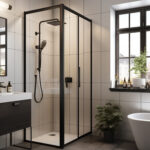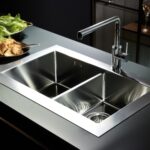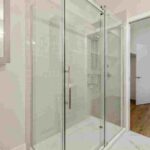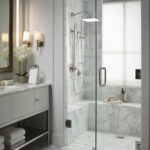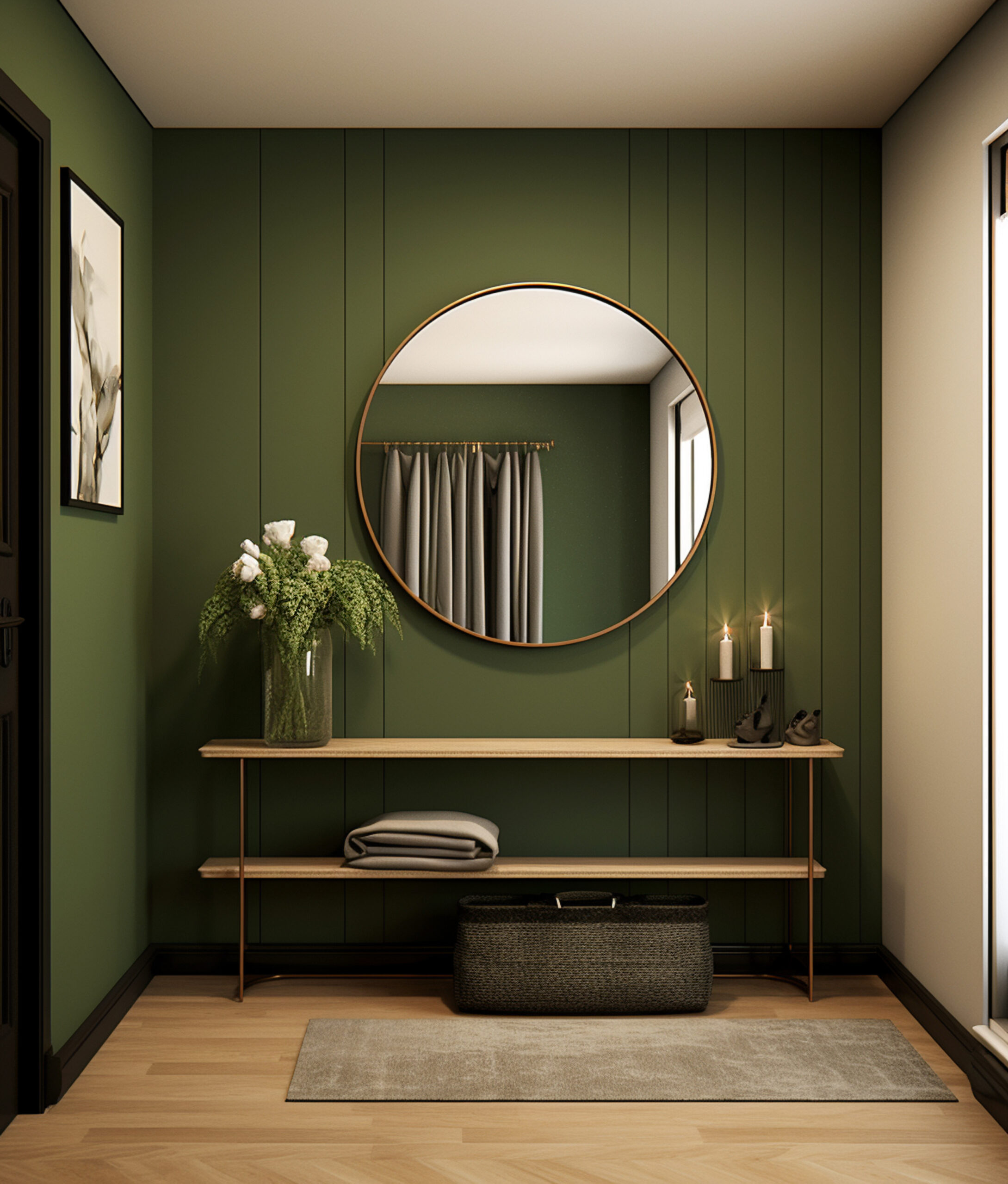Stainless Steel Sinks
More people buy stainless-steel kitchen sinks than any other type of sink. Stainless steel is a low-carbon steel which contains chromium at 10.5% or more by weight. The addition of this chromium gives the steel its unique stainless, corrosion-resisting and enhanced mechanical properties.
Pros:
- Very durable – corrosion and rust resistant and normally come with lengthy guarantees
- Usually the cheapest of all the materials
- Top mount, flush mount and undermount options available
- Low maintenance
Cons:
- Noisy – the thinner the steel the noisier the sink
- water spots can become an issue
- Sinks with thin stainless steel are more likely to scratch
- Can get dented easily if something heavy is dropped in it
- The best stainless sinks can cost more than other materials
Composite Sinks
When people talk about composite kitchen sinks, they’re usually talking about a granite or quartz composite. Composite sinks are made by combining crushed granite or quartz with a resin filler. The mixture varies depending on the product and manufacturer, but it’s usually around 80% stone and 20% resin.
Pros:
- Extremely durable – most composite sinks are heat, stain and scratch resistant
- Prices are coming down all the time
- Anti-bacterial surface, resistant to scratches, chips and water stains which is also easy to clean
- Lengthy guarantees
- Huge range of colours, sizes and styles available
Cons:
- Very hard surface that can damage things that are dropped on it
- Require careful maintenance
- Heavier than stainless steel so need a more sturdy worktop
Fireclay Ceramic Sinks
Fireclay sinks are made of clay and minerals and then fired at extreme temperatures, being made by moulding a ceramic clay into the shape of the sink and allowing it to dry at a high temperature for a period of up to 40 hours. Once the clay has dried, the porcelain enamel is applied and the sink is places in a tunnel kiln at an extremely high temperature (in some cases higher than 2000⁰F) for a period of around 20 hours.
Pros:
Easiest to maintain and keep clean
Extremely durable – heat and stain resistant
Effortlessly stylish
Withstands most household chemicals
Cons:
The most expensive option
Can chip (although can be repaired)
Very heavy and less choice available
Very hard surface that can damage things that are dropped on it



